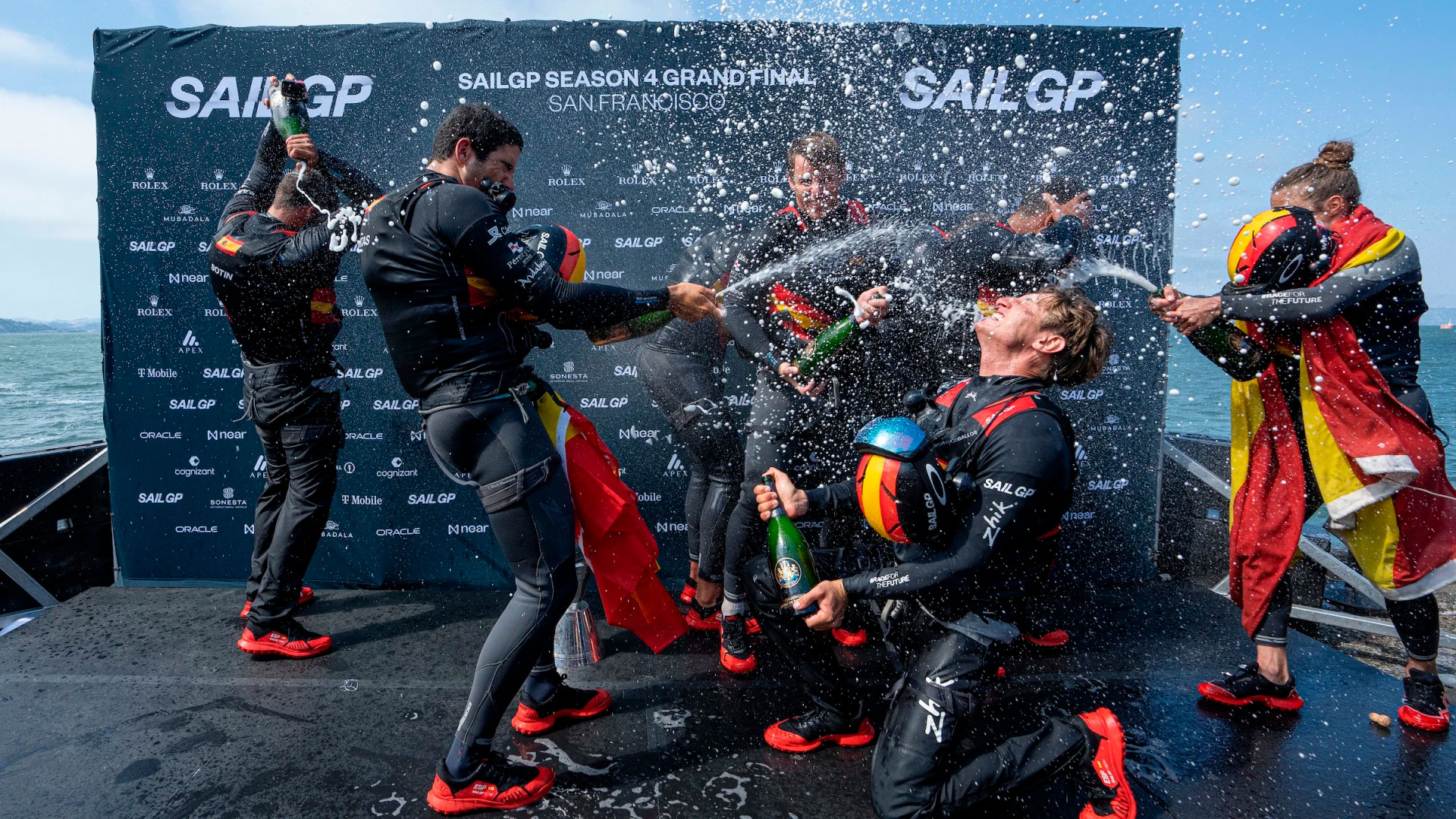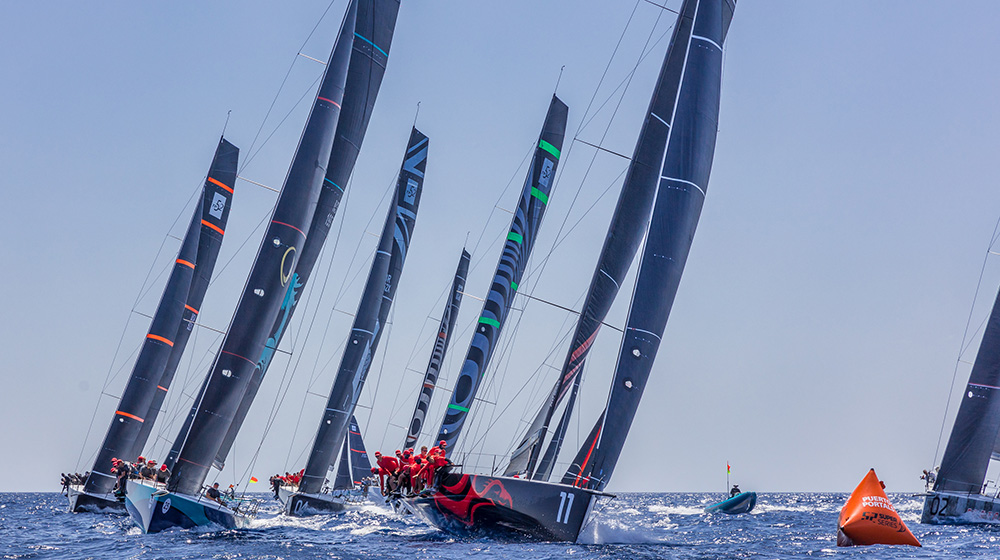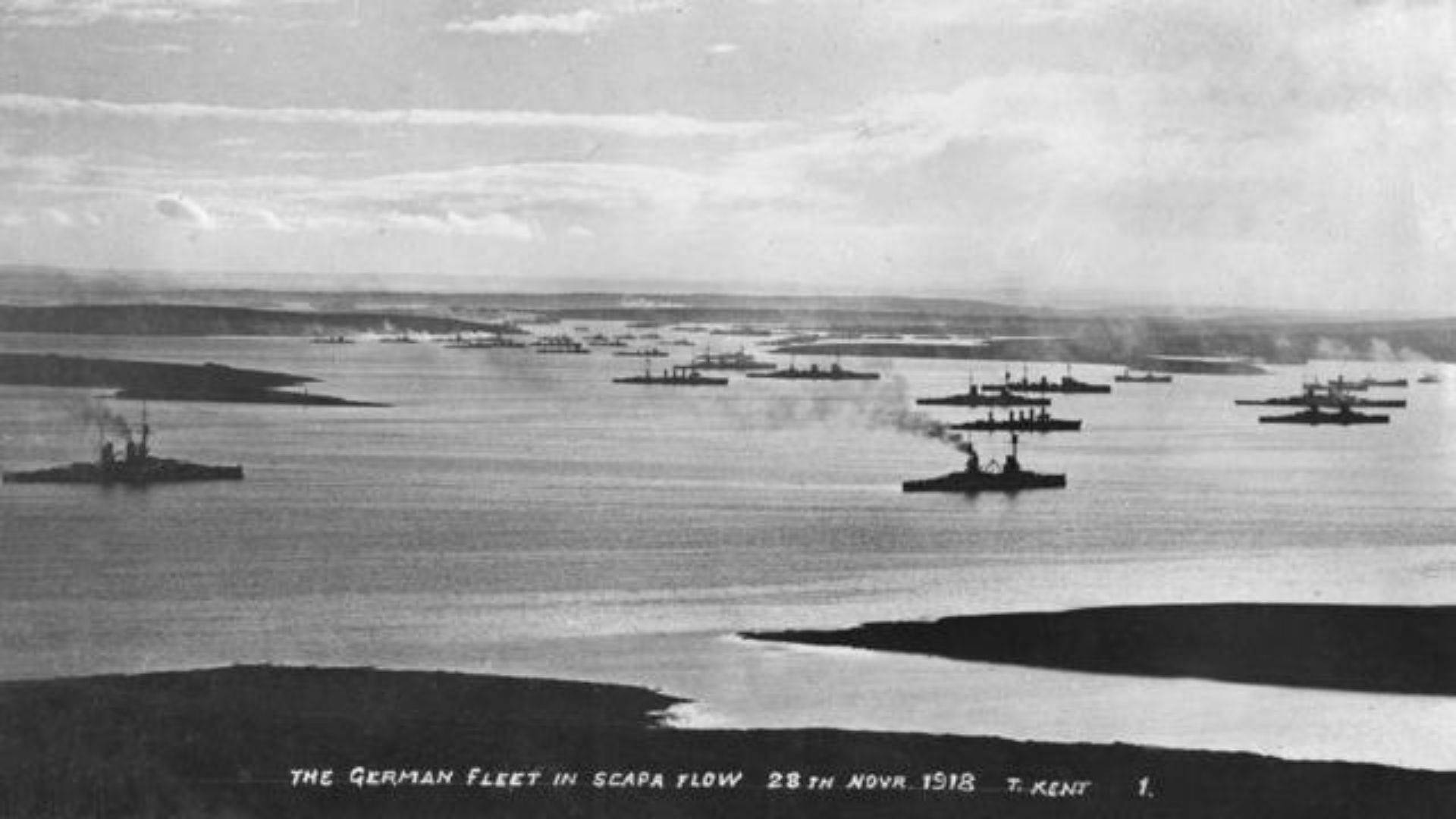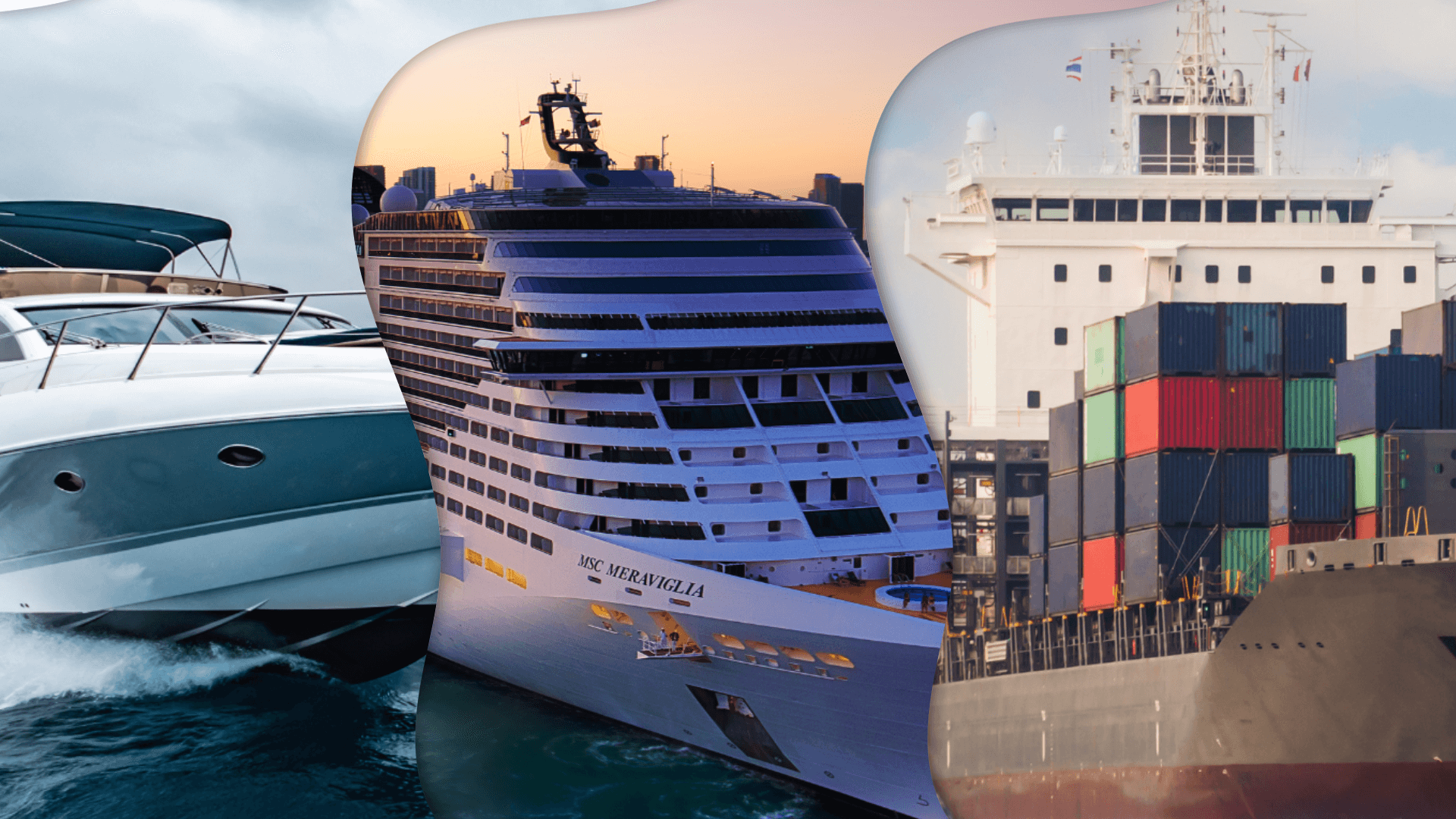
Types of boat anchors most commonly used
Anchors are one of the essential components of any vessel, whether it is a small sailboat or a large cargo ship. Their primary function is to hold the vessel in place, whether in calm waters or in the middle of a storm, without the need to moor or beach it.
Over the years, several types of anchors have been developed, each designed to suit different conditions and seabeds.
Danforth Anchor
Consists of two long, fully flat nails joined together with a hinge at the cross that allows them to be driven in firmly on both sides. Danforth anchors are lightweight and have two fins extending from a central shank. Their design resembles a cross or a flower.
When the anchor is lowered into the water, the fins are buried in the bottom, providing a reliable hold. This type of anchor is known for its ability to grab quickly and its ease of removal.
The Danforth anchor is popular on small boats, fishing boats, sailboats and yachts.
It is suitable for coastal waters and areas where the bottom is predominantly soft. Due to its light weight and ability to fold, it is easy to store and handle.
CQR or plow anchor
The claw anchor has a shape that resembles a farm plow, with a curved, pointed arm that sinks into the seabed.
One of the main advantages of the claw anchor type is its versatility. It can anchor in a variety of seabeds, making it a reliable choice for boaters exploring different areas. Its ability to hold steady in adverse conditions, such as storms or strong currents, makes it a popular choice for unpredictable sea situations.
Despite its ruggedness, the grapnel anchor is relatively lightweight, making it easy for the crew to handle. In addition, its compact design allows for easy storage on boat decks, optimizing space on board.
Bruce anchor
The Bruce anchor is distinguished by its three claws or fins extending from a central shank. This arrangement creates a structure that resembles a trident, allowing it to effectively penetrate various types of seabed, from sand to gravel to rocks, providing a secure and reliable hold. Constructed from corrosion-resistant materials, the Bruce anchor type demonstrates exceptional durability even in harsh marine environments.
One of the most notable features of the Bruce anchor is its ability to grip tightly to the seabed. The three claws are buried deep in the bottom, ensuring a solid hold even in adverse conditions such as storms or strong currents.
This firm holding ability provides boaters with invaluable peace of mind, knowing that their vessel is secure and stable.
The Bruce anchor is known for its adaptability. It can cope with a wide range of sea conditions, from calm waters to turbulent seas, and still provide a reliable grip. Its clever design allows it to accommodate different types of seabeds, making it a versatile choice for any boater.
Rocna Anchor
When it comes to choosing an anchor that guarantees safety and confidence at sea, the choice of discerning sailors is the Rocna. This type of anchor stands out for its distinctive design, which features an oversized blade that curves downward, creating a profile that ensures a quick and solid grip on the seabed.
Its ingenious shape allows efficient penetration in different types of bottoms, from sand to rocks, providing a reliable hold in a variety of conditions. Its ability to adapt to different bottoms and turbulent waters makes it the ideal choice for boaters exploring diverse locations.
Manufactured with high quality materials and world-class construction techniques, the Rocna anchor is synonymous with durability and strength. Corrosion and wear resistant, this anchor is designed to withstand the most challenging marine conditions, ensuring years of reliable use.
Delta anchor
Very similar to the plow anchor and the bruce. We could say that it is an updated variant of the CQR anchor that digs better and deeper into the seabed thanks to the additional weight of the tip. This unique arrangement creates a triangular structure that allows deep penetration into the seabed, ensuring a solid grip even in challenging conditions. The three-jaw design provides additional stability and reliable holding power.
One of the most notable features of the Delta anchor type is its ability to adapt to different types of seabed, from sand and mud to rocks and gravel. Its versatile design allows it to hold effectively in a variety of conditions, making it a popular choice for boaters exploring diverse locations.
Grapnel anchor
The grapnel anchor is characterized by multiple arms or grapnels extending from a central shank. These grapnels allow the anchor to hook into crevices, rocks and other obstacles on the seabed, providing a secure hold in rough terrain.
The grapnel is ideal for shallow waters where larger anchors cannot be deployed safely. It is commonly used on small vessels such as zodiacs and for rocky seabeds, such as fishing boats.
In addition to its regular use, the grapnel anchor is also used as an emergency anchor.
Its versatile design allows it to be quickly dropped into the water in emergency situations to prevent drifting or dragging of the vessel.
Grapnel Anchor
Also known as a grapnel anchor or trident anchor, it is an ancient anchoring tool that has withstood the test of time. This type of anchor has been used for centuries and remains a reliable choice for boaters seeking stability in specific conditions. It is characterized by its design of three arms or tridents extending from a central shank.
The grapnel anchor is especially effective in rocky or coral areas.
Fishermen often use the grapnel anchor while fishing, as it allows them to anchor their boats safely near reefs and other areas where fish are found.
However, it is not ideal for sandy or muddy bottoms, as the hooks may not grip properly in these terrains. Also, due to its design, it can be more difficult to handle and store compared to more conventional anchors.
These are just a few of the most commonly used types of boat anchors, and each has its own advantages and disadvantages.
Choosing the right type of anchor depends on the size of the vessel, seabed conditions and expected weather conditions. It is essential that boaters understand how it works and when it is best to use it to ensure the safety and stability of the vessel.













_v2.svg)
_v2.svg)









_v2.svg)


